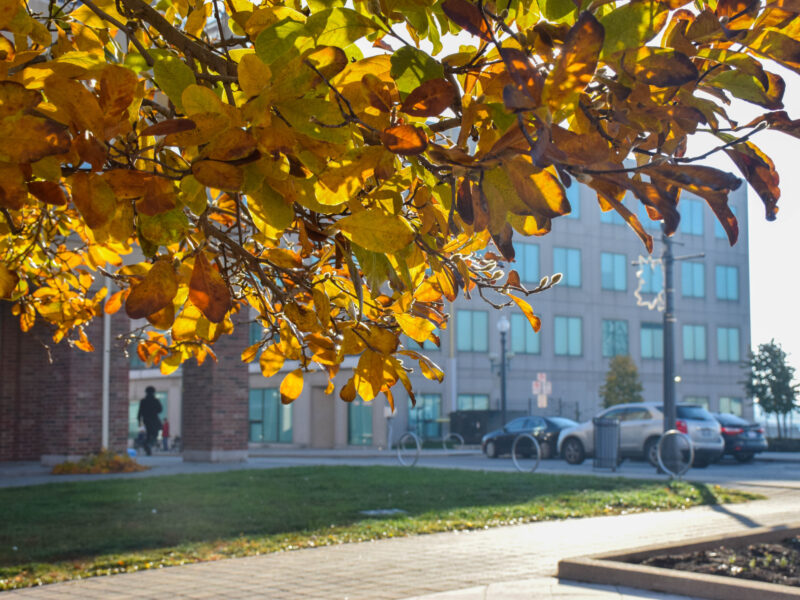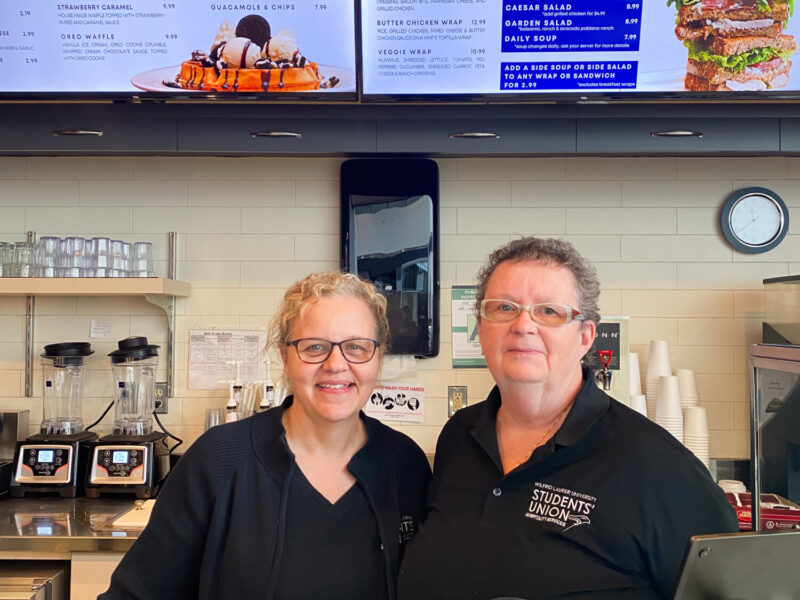– Allison Leonard, staff
Onlookers of a January Brantford city council meeting got but a taste of the tension felt daily by those involved in the power struggle between Canadian Indigenous and municipal governance.
To summarize the multi-faceted conflict; recent Six Nations protests at Brantford development sites went against a 2010 court order stating that First Nations could not establish blockades on such areas. Ward 3 Councillor, Dan McCreary suggested an on-camera meeting to discuss law enforcement policy when dealing with the aforementioned court-opposed blockades. However, in Canada, under the law of the Ontario Court of Appeal, municipal governance authority and the authority of local law enforcement are to stay distinctly separate, reminiscent of the 1995 Ipperwash crisis.
The complicated proceedings of the Jan. 23 Brantford city council meeting is simply a microcosm of the nation-wide struggle between Indigenous people, municipal government and over-arching federal power.
“These problems are systemic,” says Jan Vanderstelt, Ward 1 Councillor. “And if we’re misinformed and not talking about them they will not get solved.”
The root of the city council discussion was not the blockades themselves, but why they were happening. This oft-recurring issue is a result of the long disputed Haldimand Proclamation, established with the Crown in 1784. This proclamation allotted the Six Nations community “six miles deep at each side of the river, beginning at Lake Erie and extending in that proportion to the head of said river, which they and their posterity are to forever enjoy.” A quick glance at a map of Southern Ontario will show just how much this treaty has been disregarded as cities border the Grand River from end to end. After centuries of land claims, primarily with the city of Brantford, (the reserve is located South of the city) Six Nations are still working towards restoring the treaty and receiving compensation. Because the contract is with The Crown, not the Corporation of the City of Brantford, municipal planning and Indigenous reserve concerns are left to constantly collide.
As stated by the Federation of Canadian Municipalities (FCM), municipal governments are often left out of the federal, provincial and Indigenous peoples discussion surrounding housing, economics, and self-governance. This is exemplified by the lack of municipal participation with the Haldimand Proclamation. These tripartite conversations leave municipalities with the difficulty of reshaping urban master plans or housing development zones.
“First Nations perspective is that municipality is a creature of the province, a creature of the federal government, a creature of the Crown,” says Dave Levac, MPP. “And that’s just not playing in the sandbox together.”
However, the federal and provincial authority that looms over municipalities, which Levac refers to as “playing in the sandbox,” results in the downloading of responsibilities and the provisions of guidelines for communities that upper-level governance does not know or understand. Indigenous affairs are just one sector that remains teetering without resolution as a result of multi-tiered governance.
However, some say there is hope.
“Relations between municipal governments and Aboriginal peoples have developed in spite of legislative and constitutional limitation,” the FCM stated in their conference proceedings.
Additionally, the FCM notes that municipal-Aboriginal governance success does not come without effort. It is found in pragmatic cooperation, such as service delivery agreements, joint meetings, Aboriginal representation on relevant boards and a cooperative venture towards economic development opportunities.
“We need a simple social understanding when we begin contending for each other’s prosperity,” says Dave Carrol, Brantford church leader and active community member.
An example of this can be found in Saskatoon, Saskatchewan. Theresa Dust, City Solicitor has performed a case study on the unique relationship between the stand-alone urban reserve government and the city council who have “negotiated written agreements to cover such issues as tax loss compensation, sale of municipal services, bylaw compatibility and dispute resolution.
“There have been proposals worked out between local elected councils and the Haudenosaunee to see if they can find a governance policy that is appropriate for both,” explains Levac.
This municipally created policy has yet to be released, and its effect on the federally established Haldimand Proclamation has yet to be determined.
Success cases like that of Saskatoon leave one wondering why the federal government, Brantford and Six Nations have yet to reach a cohesive agreement.
“Anyone pointing the finger at our government saying we are not ready to settle land claims, that is simply false,” said Brant MP Phil McColeman at an MP and MPP breakfast. “We have reached out to Six Nations through our negotiator on many occasions, but on their side, it takes willing partners and a single voice.”
Chris Friel noted later that in the mean time, until the federal government can settle the Six Nations land claim, the City of Brantford will continue to try to establish relationships.
Perhaps its not only Six Nations governance that has difficulty establishing a single voice.



